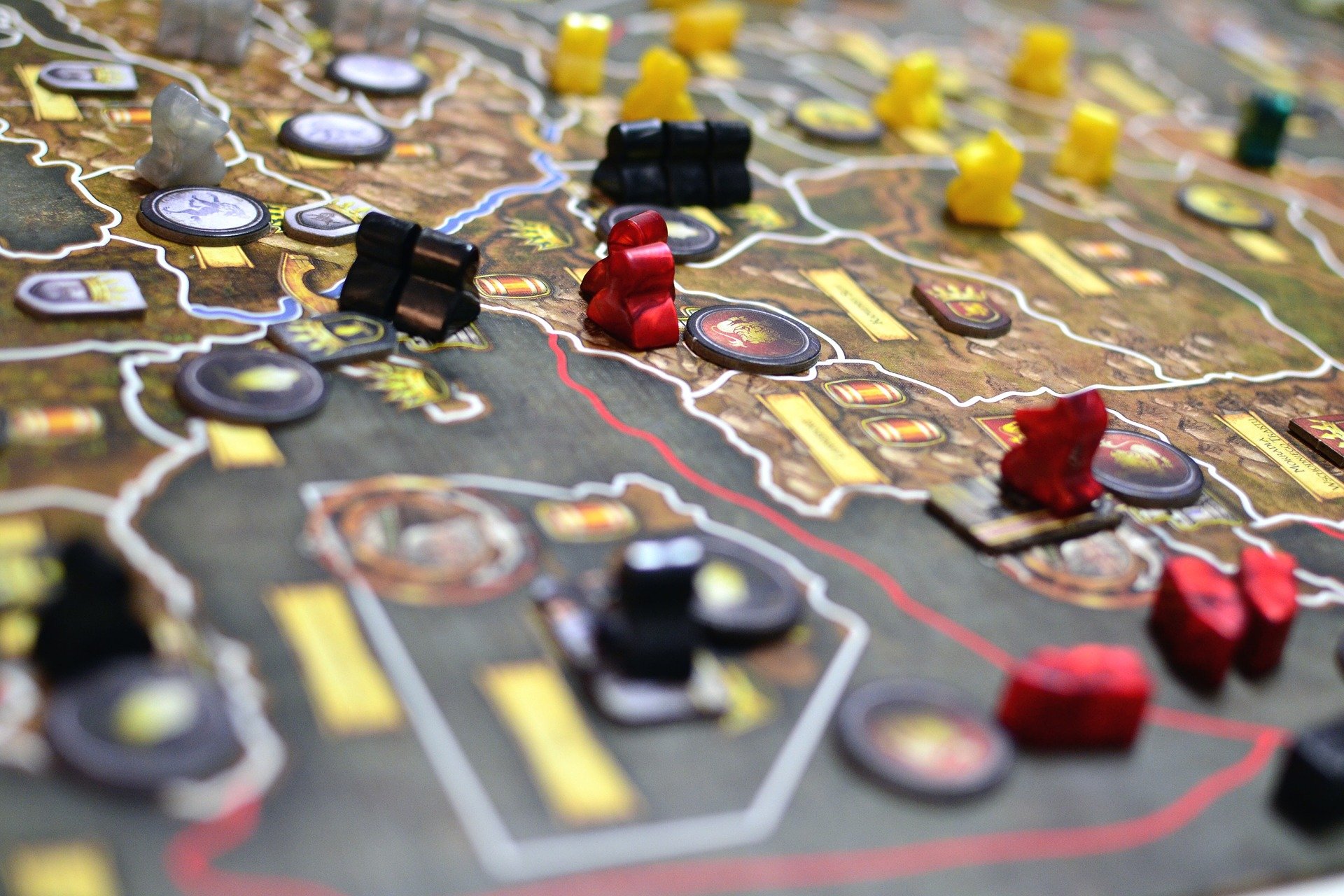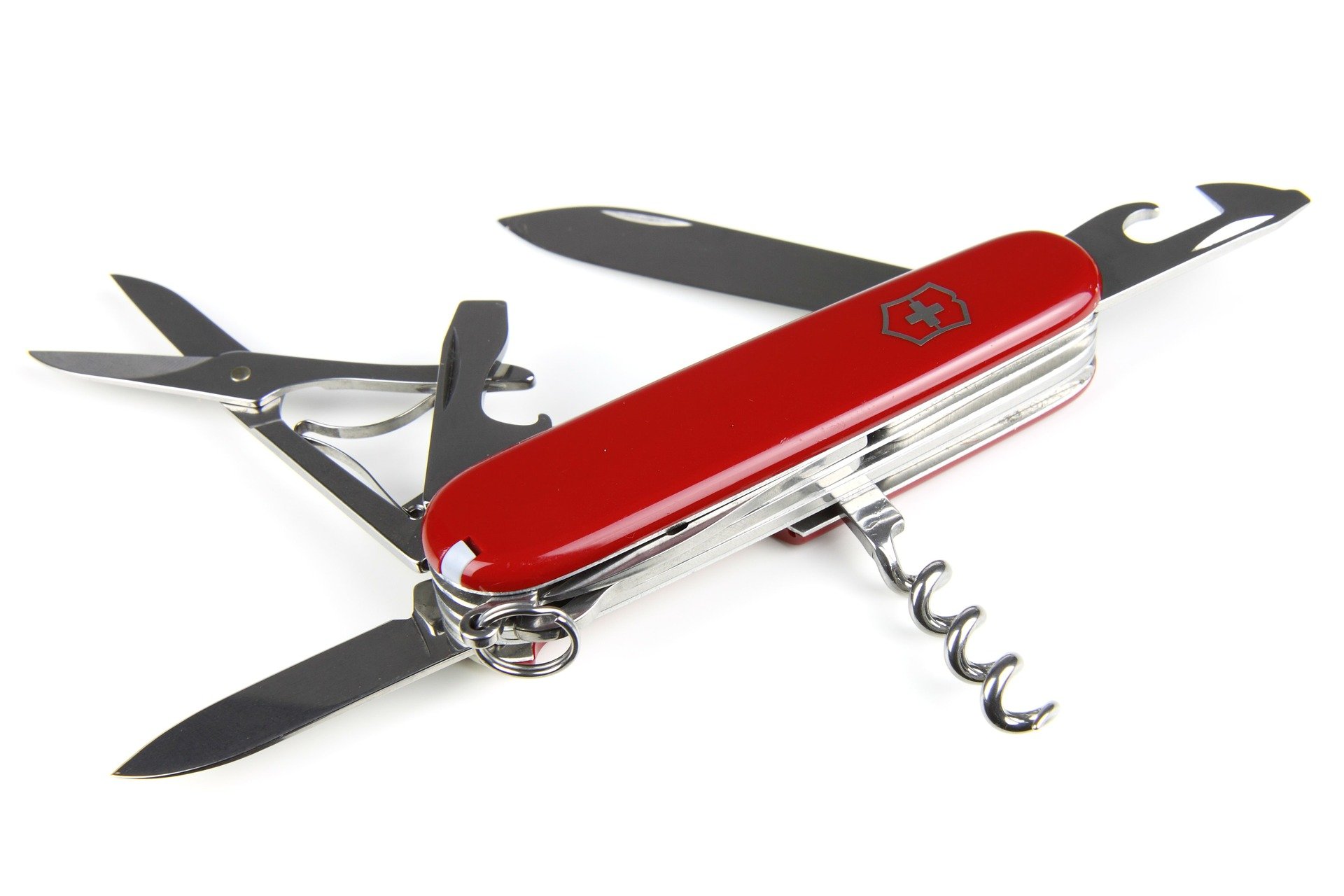No matter how great a designer you are, you will never know if your game is good until you prototype and test it. The goal of prototyping is to test out a core game concept as quickly and cheaply as possible. You should have your core concept from your brainstorm session before beginning to prototype.
The Basics

So what is a prototype? A prototype is a simplified version of your game, intended to test a core mechanic or feature. As you test different ideas, your prototype will get more and more refined until eventually you feel comfortable creating the final version of the game. To build a successful prototype, you need the following:
Rules
You should have a written set of rules for your game. In early iterations these can be in shorthand and verbally told to players. Even in the earliest stages, however, write down your rules! Being able to refer back to older rules as you test and iterate is very valuable and you will be shocked what you forget if you don't write things down.
…I'm serious- write down your rules! I've made this mistake too many times.
Components
You need to create the individual components for your game needed to play. These don’t need to be fancy, but they do need to be enough to represent everything your players will need.
Questions
Having a set of questions in mind before your playtest session will help focus feedback and should be tailored to the core concepts you are testing. You don’t need a formal questionnaire, but you do need to know what fundamental questions you are trying to answer in this test cycle. Think of the prototype as the experiment a scientist runs. What is the hypothesis that this experiment is testing?
Key Principles
Principle 1: Your first prototype is going to suck
This is a hard principle for people to accept, but once you do, your life is going to get a lot easier. Trying to make a “perfect” first prototype is a sure fire recipe for never completing your game.
Similarly, don’t make the mistake of getting discouraged because players don’t like your prototype or your assumptions didn’t pan out. Learning lessons cheaply is the name of the game. Even the greatest game designers I know still make crappy first prototypes- you are in good company!
Principle 2: Be lazy

Creating a prototype for your game is a lot of work. Whether doing a paper prototype or a digital one, a lot of time and effort will go into creating an experience that you know is going to be terrible (see Principle 1). This can get discouraging fast. To help make this less painful, do less work!
If you are making a card game, can you test the basic principles with a normal deck of cards (perhaps with some marker written on it)? If testing a first person shooter, could you mod a current game to simulate the unique core concept you are trying to test? Even better, could you simulate it via a board game?
Keep in mind that you don’t have to prototype a whole game to test a core concept. Playing 5 minutes of an experience can teach you as much as playing a 45 min game if you focus on the right elements and that extra time can be used to test out more iterations. Remember, the goal of early prototyping is to test your core mechanic and then move quickly into the next iteration.
Principle 3: Find the right audience
Initial prototypes lack the polish of a finished game. Nice art work and balanced mechanics are important parts of a successful final product, but have no place in your first prototypes.
A great early playtest group is able to look past the clunkiness of the prototype and see the core mechanics underneath. Because of this, other game designers are a perfect audience. Find a local game design meetup or make connections at your friendly local game store to help build a playtest group. If you don’t have a sophisticated audience, you will often need to spend more time on the prototype in order to get them to experience the parts of the game you want to test without distraction.
The easiest games to make are ones that you and your friends like to play and I highly recommend that if you are new to game design, then you start with those kind of games. Starting with games intended for your social group will make for easy to find audiences and it will be more obvious when things aren’t working. If you are making games for other demographics (e.g. small children), then you will have to put in effort to find those audiences in order to get the most useful feedback.
Principle 4: Play through a whole game in your mind first

Before finalizing your prototype, do a mental walk through of the game. Very often when we think of ideas, we don’t follow through on key details. Mentally put yourself in the position of a player and imagine yourself playing the game. What do you see? What are your immediate incentives? How are you keeping track of relevant information? A simple mental play through of a game can reveal problems before subjecting yourself the the harsh light of outside observers.
Principle 5: Have flexible tools

The easier it is to make modifications to your prototype, the less resistance you will have walking through the iterative cycle. Prototyping with cards and pieces on a board that can easily be swapped out or written on with marker is far easier than having to recode a level that doesn’t work.
As you move through each iteration cycle, and thus become more and more confident in key pieces of your design, you can invest in more detailed, harder to change prototypes (and thus reach out to wider audiences for feedback). In the next article I’ll go over some great tools to help make prototypes at each stage of the process. If you haven’t done it already, take the time now to get inspired, set parameters, and brainstorm an idea so you can get prototyping right away!
(all pictures sourced from pixabay.com)
Hi, I’m Justin!

I’ve been obsessed with games since a very young age. I won the Magic: the Gathering US National Championships at the age of 17 and played cards professionally for 5 years, travelling the world and paying my way through college. I started designing games professionally in 2004 and I founded my own game company in 2010. I’ve launched multiple hit games with some of the biggest brands in the world including Marvel, DC, and World of Warcraft. I love reading, writing, dancing, meditating, learning, and helping others. Learn more about me here.
"This post originally appeared on my blog ...... - it has been modified and updated exclusively for Steemit!”
